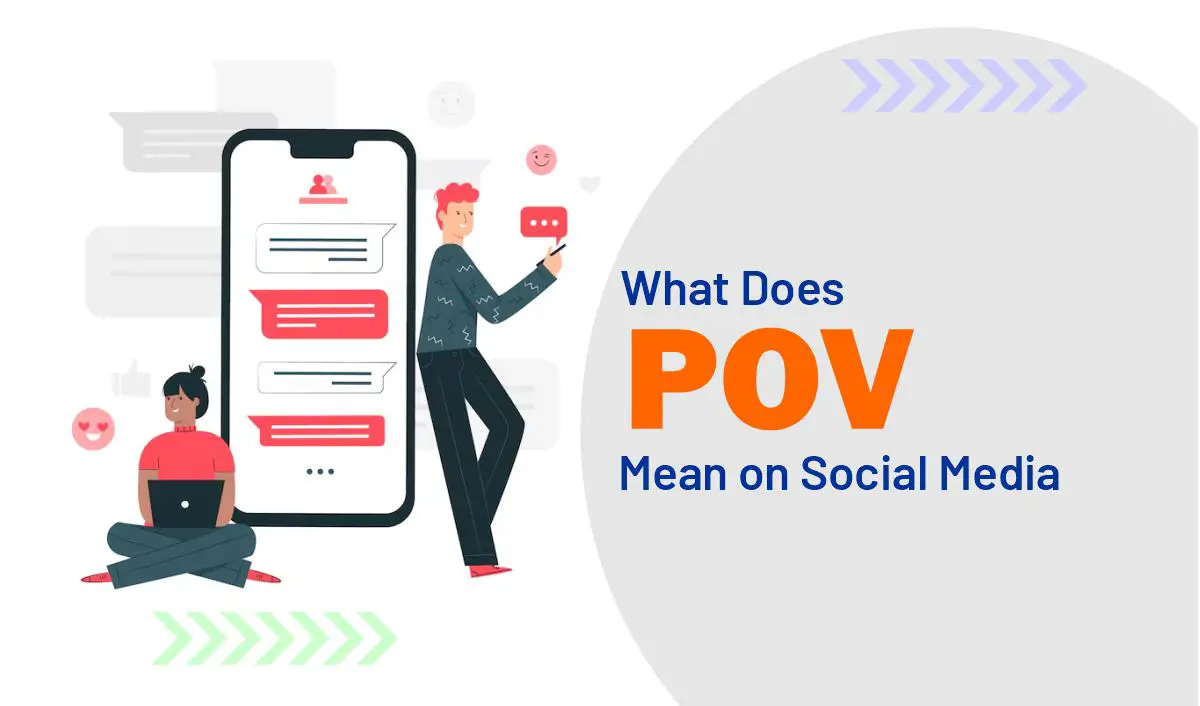In the dynamic world of social media, new trends and terminologies emerge rapidly, reshaping how users create and consume content. One such term that has gained significant traction is “POV,” an abbreviation for “Point of View.” Originally rooted in literature and filmmaking, POV has been reimagined in the digital age, offering a unique lens through which creators can engage their audience. This article delves into the origins, evolution, and impact of the POV trend on social media platforms.
Understanding POV: From Literature to Social Media
Traditional Origins
In literature and film, “Point of View” refers to the perspective from which a story is told. It determines the narrator’s position in relation to the story, influencing how events and characters are perceived. Common narrative POVs include:
- First-Person: The narrator is a character within the story, using pronouns like “I” or “we.”
- Second-Person: The narrator addresses the reader directly as “you,” immersing them in the narrative.
- Third-Person: The narrator exists outside the story, referring to characters as “he,” “she,” or “they.”
These narrative techniques shape the reader’s or viewer’s experience, guiding their emotional and psychological engagement with the story.
Transition to Digital Platforms
With the advent of social media, the concept of POV has been adapted to create immersive content that places the viewer directly into a scenario. On platforms like TikTok, Instagram, and YouTube, creators use POV to simulate experiences, allowing audiences to feel as though they are part of the narrative. This approach has transformed passive content consumption into an interactive experience, fostering deeper connections between creators and their audiences.
The Rise of POV Content on Social Media
TikTok: The Epicenter of POV Trends
TikTok has been instrumental in popularizing POV content. Creators craft short videos that depict relatable or imaginative scenarios, often starting with captions like “POV: You’re meeting your celebrity crush” or “POV: You’re the last person on Earth.” These videos leverage storytelling, acting, and creative editing to immerse viewers in the depicted situation.
Instagram and YouTube: Expanding the POV Landscape
While TikTok spearheaded the POV trend, platforms like Instagram and YouTube have embraced it, adapting the format to suit their unique audiences. Instagram users often share aesthetically pleasing POV content through Reels, focusing on lifestyle and fashion. YouTube creators produce longer-form POV videos, exploring complex narratives and character development.
Crafting Effective POV Content
Key Elements
- Relatable Scenarios: Successful POV content often taps into universal experiences or emotions, making it easier for viewers to connect with the narrative.
- Authentic Storytelling: Genuine expressions and reactions enhance the believability of the scenario, fostering trust and engagement.
- Creative Cinematography: Utilizing camera angles, lighting, and sound design can heighten the immersive quality of the content.
- Clear Context: Providing context through captions or on-screen text helps viewers understand the scenario and their role within it.
Best Practices
- Understand Your Audience: Tailor your content to resonate with your target demographic, considering their interests and preferences.
- Maintain Consistency: Regularly posting POV content can help establish your brand identity and keep your audience engaged.
- Encourage Interaction: Prompt viewers to share their thoughts or experiences related to the scenario, fostering community engagement.
The Impact of POV on Audience Engagement
Emotional Connection
By placing viewers at the center of the narrative, POV content evokes empathy and emotional responses. This connection can lead to increased likes, shares, and comments, amplifying the content’s reach.
Enhanced Storytelling
POV allows creators to convey complex stories succinctly, capturing attention in a crowded digital landscape. The immersive nature of POV content can make narratives more compelling and memorable.
Community Building
POV trends often inspire user-generated content, with audiences recreating scenarios or adding their interpretations. This participatory culture strengthens community bonds and encourages creativity.
POV in Marketing and Branding
Humanizing Brands
Brands have adopted POV content to showcase products or services from the consumer’s perspective. This approach humanizes the brand, making it more relatable and trustworthy.
Demonstrating Value
Through POV scenarios, brands can illustrate how their offerings fit into the consumer’s daily life, highlighting benefits and use cases in a natural, engaging manner.
Driving Conversions
By creating emotionally resonant content, brands can influence purchasing decisions, as consumers are more likely to buy from brands they feel connected to.
Challenges and Considerations
Authenticity vs. Performance
Striking a balance between authentic expression and performative storytelling is crucial. Overly scripted or insincere content can alienate audiences.
Cultural Sensitivity
Creators must be mindful of cultural contexts and avoid scenarios that could be misinterpreted or offensive, ensuring inclusivity and respect.
Content Saturation
As POV becomes more prevalent, standing out requires innovation and originality. Creators should continuously explore new angles and narratives to keep their content fresh.
Conclusion
The POV trend has revolutionized content creation on social media, offering a powerful tool for storytelling and audience engagement. By immersing viewers in relatable or imaginative scenarios, creators can forge deeper connections and foster community interaction. As the digital landscape continues to evolve, POV content stands as a testament to the enduring power of perspective in shaping human experiences.
Read these also:

